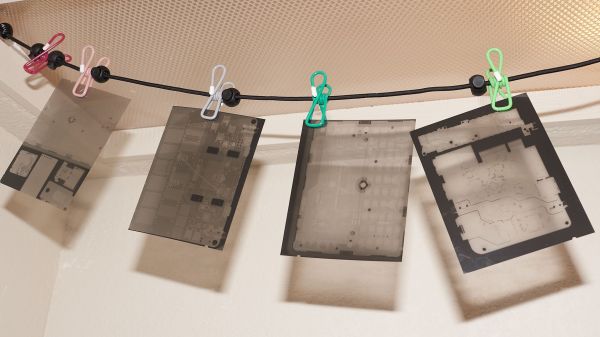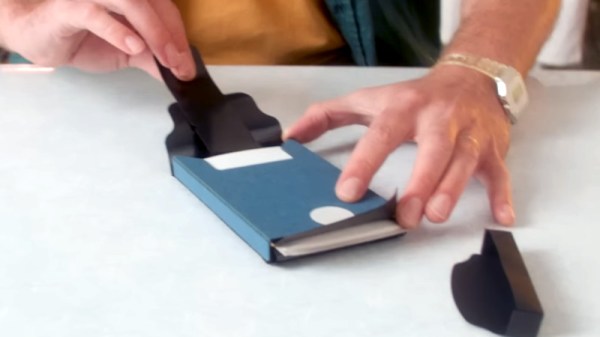We recently published an affectionate look at a Polaroid Land camera, whose peel-apart instant film is long out of production except for a very few single exposure packs form a boutique manufacturer. All that was left was a discussion of modifying it for conventional roll film, or perhaps hacking a modern back-to-front Polaroid sheet into it.
Never say never though, because along come the Chinese company Light Lens Lab with a short announcement at the end of a post talking about grain structures and anti-halation layer materials for their black and white film.
Lastly, with our future development plan, we are currently developing and researching instant peel-apart film, with plans on producing and making available black and white peel-apart film by 2025 in various format. We aim to have an update on our packaging and test shot for the next development/research progress installment. We are also researching, developing and producing colour reversal films that consist of a dye-incorporating development process, commonly known as K-14, for 135 and 120 formats in 2026.
So there you go, no sooner has Hackaday declared a format unavailable, than it shows every sign of reappearing. At this point we’d like to take the opportunity to report that McDonalds Szechuan Chicken McNugget sauce will never ever be available again. Continue reading “In Film, What’s Old May Still Be New Again”


















